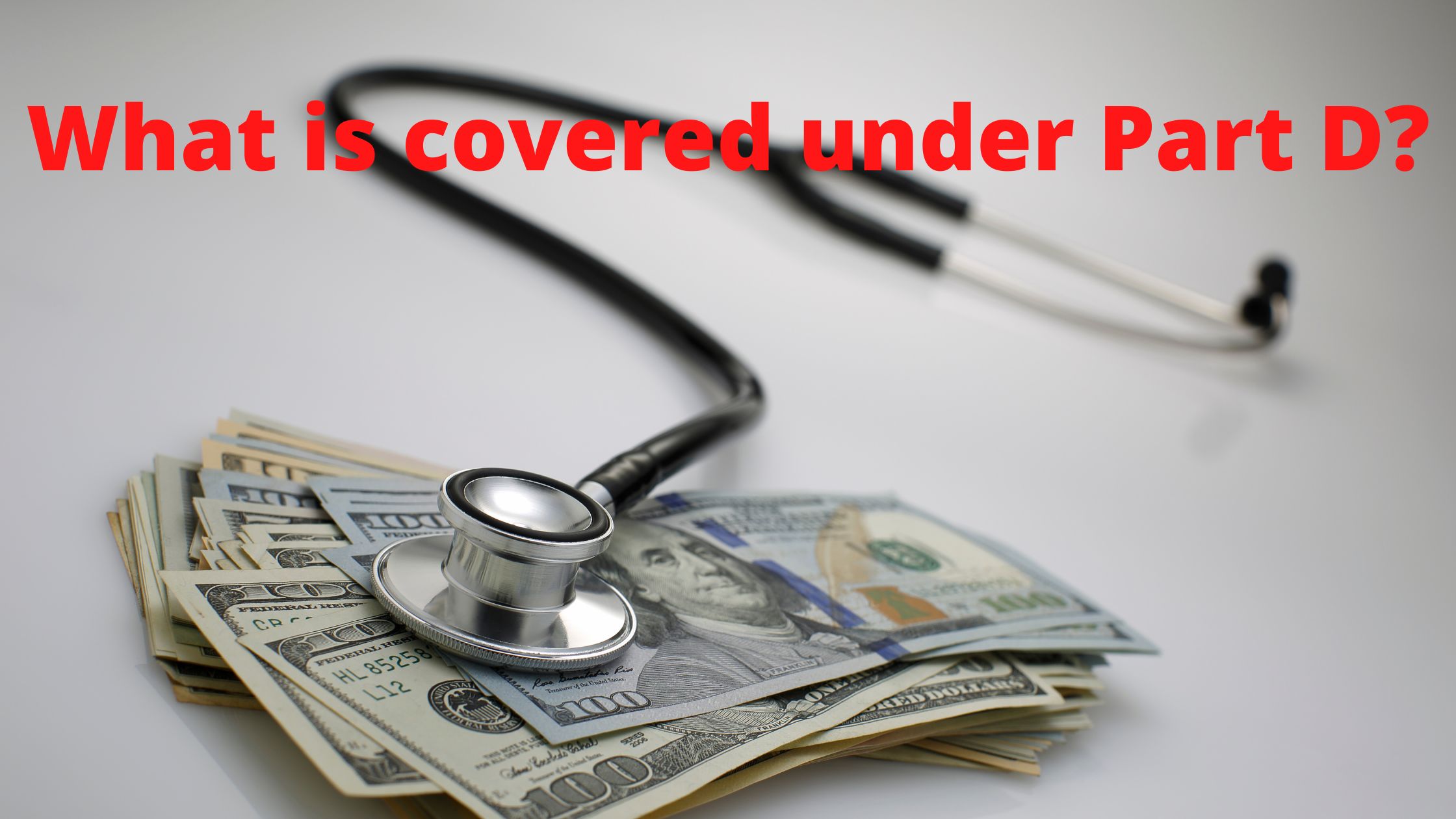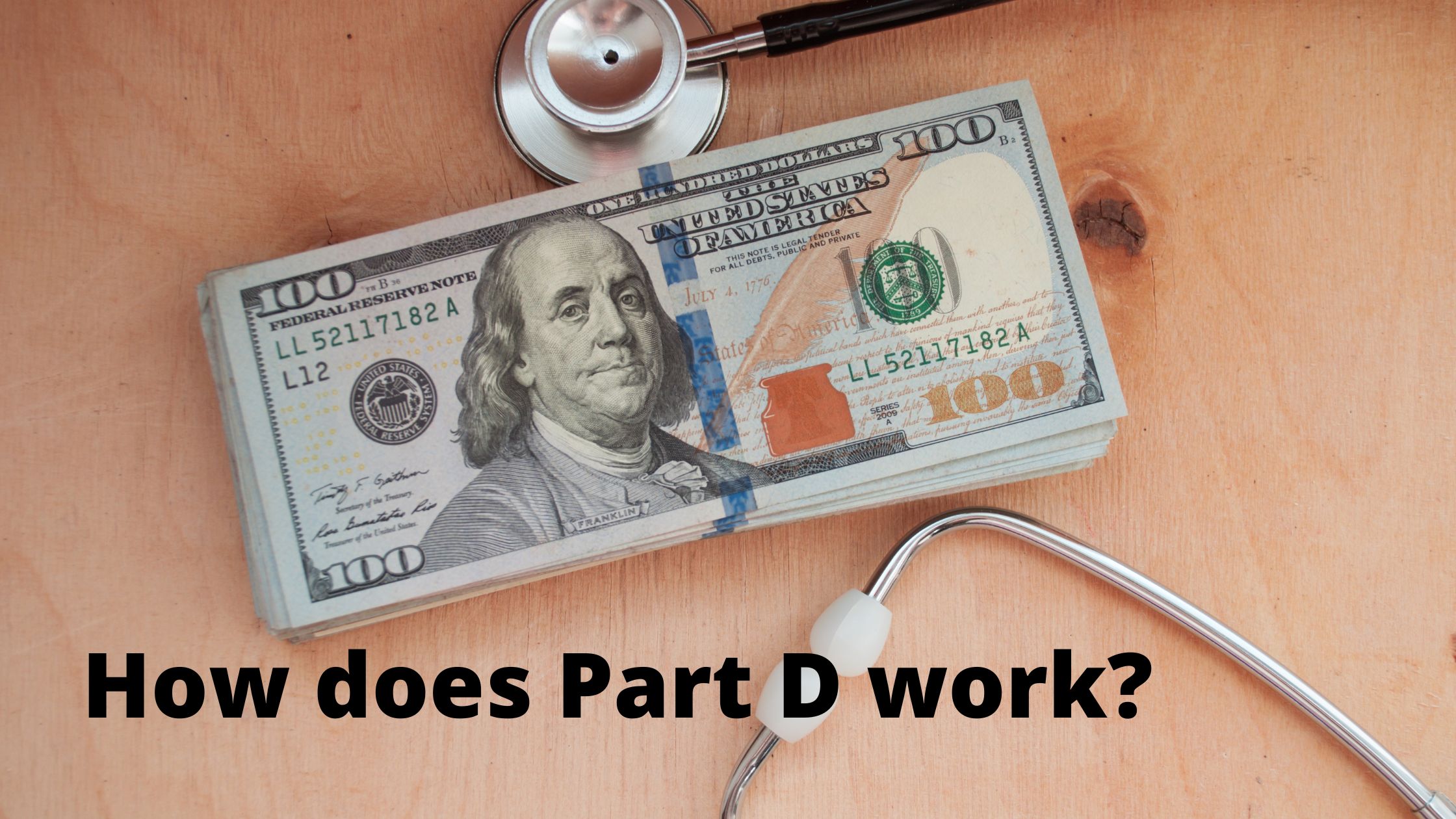Many people are unaware that they are eligible for coverage on the Part D drug formulary, and that there are many benefits to taking advantage of these programs. In this article, we will outline the key benefits of medication coverage on the Part D drug formulary so that you can decide if it is something you would like to take advantage of.
What are the benefits of medication coverage for Part D drug formulary?
Part D drug formulary coverage is important for people with chronic diseases. Coverage can help reduce the cost of medications and medication therapy.
There are many benefits of having Part D drug formulary coverage:
-It can save people money on medications.
-It can help people manage their chronic diseases more effectively.
-It can help reduce the risk of medication side effects.
-It can provide peace of mind when taking medications.
What is covered under Part D?
When you are enrolled in Part D, the prescription drug plan you are enrolled in will cover a variety of medications. This list includes many different types of medications, including those used to treat mental health conditions.
What is covered under Part D?
The Part D prescription drug plan will cover most medications used to treat mental health conditions. This includes medications used to treat anxiety, depression, bipolar disorder, ADHD, and other neuropsychiatric disorders.
How does Part D work?
Part D is the Medicare prescription drug coverage program. It’s designed to help you afford the medications you need.
When you have Part D, your pharmacy will give you a list of medications that are covered by the plan. You can also ask your doctor for a medication recommendation for coverage under Part D.
Some medications are only covered if you have a specific health condition. For example, some medications are only recommended for people with cancer or heart conditions.
The benefits of Part D include:
o Reduced out-of-pocket costs for prescriptions
o Coverage for a wide variety of medications, including those not typically covered by insurance
o Easy access to medication information and assistance from your pharmacy
Who is eligible for medication coverage under Part D?
To be eligible for medication coverage under Part D, you must meet certain eligibility requirements. You must be an eligible Part D beneficiary, which means that you have a qualifying prescription drug plan and are covered by the plan. In addition, you must have met your annual deductible and out-of-pocket maximums.
If you are a Medicare beneficiary whose income is below the poverty level, you may be eligible for free medication coverage through the Medicare Prescription Drug Program (Part D).
If you are not a Medicare beneficiary, or if your income is above the poverty level, you may be able to purchase a supplemental insurance policy that offers Part D coverage.
In either case, make sure to ask your insurance company about its Part D coverage options.
What are the costs associated with medication coverage under Part D?
One of the benefits of medication coverage under Part D is that it can save you money on your prescriptions. However, knowing the costs associated with this coverage can help you determine whether it’s actually worth it for you.
The cost of medications covered by Part D is based on a number of factors, including the drug’s manufacturer, its dosage, and the pharmacy where you receive your prescription. However, the cost of medications will also vary depending on your plan and your location.
In general, the more expensive a medication is, the higher its cost will be under Part D. But there are exceptions to this rule. For example, some generic drugs may have lower costs under Part D than their brand-name equivalents. And some seniors may qualify for discounts on certain medications.
It’s important to factor in all these costs when budgeting for medications. Otherwise, you may end up overpaying for prescriptions simply because they’re covered by Part D.
Is there a waiting period for medications covered under Part D?
There is no waiting period for medications covered under Part D, regardless of whether the medication is brand-name or generic. However, some medications may have specific restrictions on when they can be taken, depending on their type or class. For example, some medications that treat conditions like high blood pressure and cholesterol may have to be taken regularly throughout the day. If you are taking a medication that has restrictions on when it can be taken, be sure to follow the instructions provided by your doctor or pharmacist.
Conclusion
As the Medicare Part D drug coverage begins to wind down, it’s important for seniors and other beneficiaries to be aware of the benefits that come with medication coverage. In this article, we will explore some of the key advantages of having a Part D formulary, and list some of the most commonly prescribed medications that are covered under this program. By knowing about these benefits and making sure your medication is on your Part D formulary, you can ensure that you have the best possible chance of getting the treatment you need. Thanks for reading!

